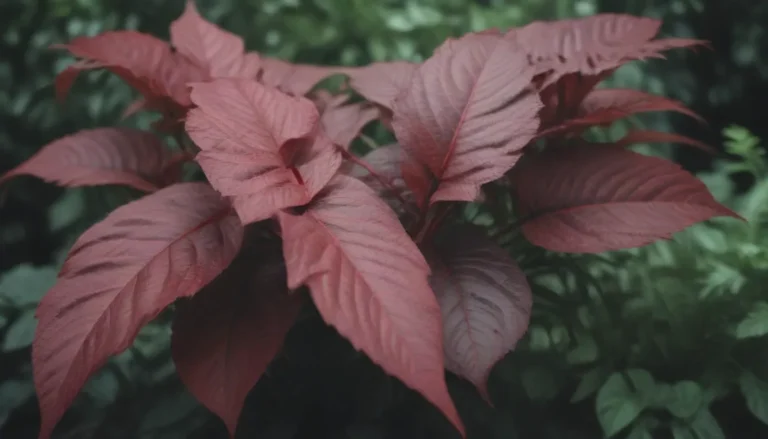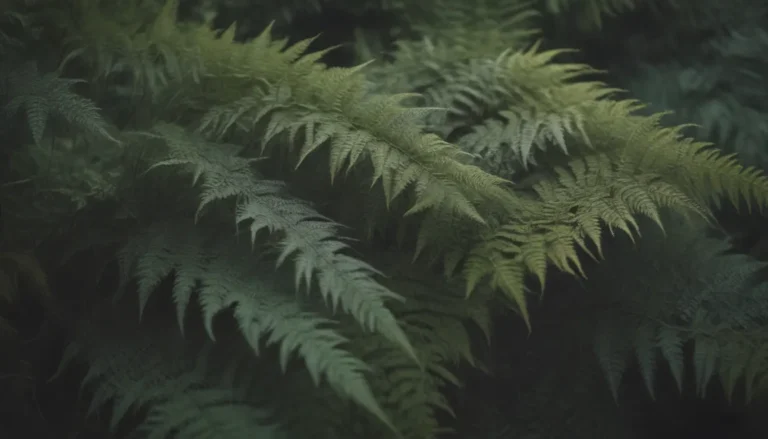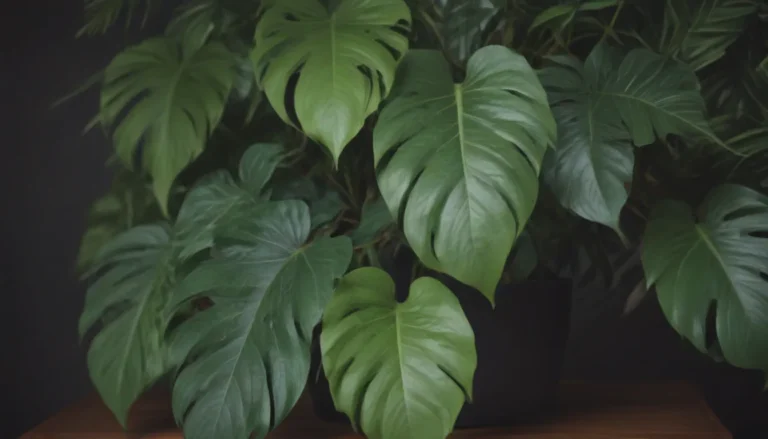Comprehensive Guide to Growing and Caring for Duranta Plant (Golden Dewdrops)

If you’re looking to add a touch of tropical charm to your garden or indoor space, the Duranta plant, also known as golden dewdrops, is an excellent choice. This vibrant flowering plant is a versatile option that can be grown as an annual outdoor shrub or as a potted houseplant in colder regions. With its stunning foliage and beautiful blooms, Duranta can bring a pop of color to any space.
Introducing the Duranta Plant
The Duranta plant, a member of the verbena family, is a tropical broadleaf evergreen that typically grows to a height of 2 to 4 feet in areas where it dies back in the winter. However, in warm winter climates, it can reach heights of up to 18 feet. This plant is known for its quick growth, turning into a small flowering shrub in its first season and potentially growing into a small tree in warm regions within a few years.
One thing to note when caring for a Duranta plant is that its berries are toxic to humans and dogs, so it’s essential to take precautions if you have pets or small children around.
Duranta Care Tips
When it comes to caring for your Duranta plant, there are a few key factors to keep in mind to ensure it thrives and stays healthy. Here are some essential care tips for growing Duranta:
Light:
- Duranta plants thrive in full sun locations where they can get the energy they need to produce blooms and berries.
- Plants that are grown in too much shade may become sparse and leggy, so it’s best to provide ample sunlight.
Soil:
- Provide your Duranta plant with rich, loamy soil with a pH range of 5.6–7.5 for optimal growth.
- Good drainage is essential, especially in cold-winter zones, to prevent waterlogging and root rot.
Water:
- Duranta plants require moderate watering, especially when they are still getting established.
- Outdoor plants need approximately one inch of water per week, while container-grown plants should be watered when the top inch of the soil feels dry.
Temperature and Humidity:
- Duranta plants thrive in hot temperatures and can withstand high humidity levels.
- If temperatures drop below 40 degrees Fahrenheit, it’s best to bring container plants indoors to protect them from cold damage.
Fertilizer:
- Duranta plants are not heavy feeders and can do well without additional fertilization in rich soil.
- In lean or rocky soils, you can use an all-purpose general fertilizer once a month during the growing season.
Types of Duranta
Duranta plants come in various species and cultivars, each with its unique characteristics and features. Some common types of Duranta include:
– ‘Alba’:
– ‘Golden Edge’:
– ‘Sapphire Showers’:
– ‘Sweet Memories’:
These cultivars offer different foliage colors, bloom colors, and growth habits, allowing you to choose the perfect Duranta plant for your space.
Pruning Your Duranta Plant
In regions where Duranta is winter-hardy, it’s crucial to prune the plant regularly to keep it in check and maintain its shape. Without proper pruning, Duranta plants can become invasive and overtake surrounding plants. Pruning also helps promote new growth and encourages the plant to flower more prolifically. When pruning your Duranta plant, wear gloves to protect your hands from any thorns that may be present on the plant.
Propagating and Repotting Duranta
Propagating Duranta plants is a cost-effective way to expand your plant collection and overwinter mature plants that may be too large to bring indoors. Duranta plants root easily from softwood stem cuttings, making propagation a straightforward process. When repotting your Duranta plant, choose a large container with good drainage, and use quality potting soil to ensure the plant continues to thrive.
Overwintering Your Duranta Plant
If you live in a cold-winter zone, it’s essential to bring your Duranta plant indoors before temperatures drop below 40 degrees Fahrenheit to protect it from frost damage. Indoor Duranta plants may require pruning to reduce their size and accommodate indoor growing conditions. In warmer climates, where Duranta grows as a perennial, plants can be left outdoors with minimal protection during the winter months.
Common Pests and Diseases
Duranta plants are susceptible to whitefly infestations, which can weaken the plant and cause sticky residue on the leaves. To manage whiteflies, you can create a simple solution using household dish soap and water or use horticultural soaps and oils. Anthracnose is another common disease that Duranta plants may encounter, characterized by tan to reddish-brown lesions on the leaves. Remove and destroy infected plant parts and apply a fungicide as needed to prevent further spread of the disease.
Encouraging Blooms in Your Duranta Plant
Getting your Duranta plant to bloom is a rewarding experience, and there are several steps you can take to encourage prolific flowering:
– Use slow-release fertilizers to promote blooming.
– Ensure your plant is in a full sun location with adequate water.
– Deadhead spent blooms to encourage the growth of new flowers.
Common Problems and Solutions
While Duranta plants are relatively low-maintenance, a few issues may arise, particularly when transitioning potted plants indoors for the winter:
– Leaf Drop: Duranta plants may drop outdoor leaves when moved indoors, but new leaves will soon sprout.
– Yellowing Leaves: Yellowing leaves can indicate a lack of light or nutrients; provide adequate sunlight and fertilize as needed to revive the plant.
Exploring Alternative Plants
If you’re looking for alternative plants with similar characteristics to Duranta, consider exploring options like garden phlox. Garden phlox varieties such as ‘Laura’ and ‘Blue Paradise’ offer beautiful blue and lilac tones and can be a suitable substitute for Duranta in colder growing zones.
Conclusion
Duranta plants are a fantastic addition to any garden or indoor space, providing vibrant foliage, beautiful blooms, and even ornamental berries. By following the care tips outlined in this guide, you can ensure your Duranta plant thrives and continues to brighten up your surroundings. Whether you’re a seasoned gardener or a beginner plant enthusiast, Duranta is a versatile and rewarding plant to grow. So, why not add a touch of tropical beauty to your space with a Duranta plant today?





